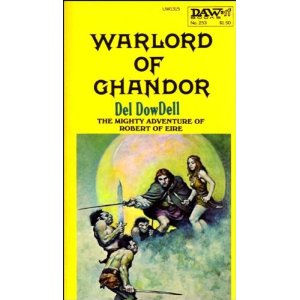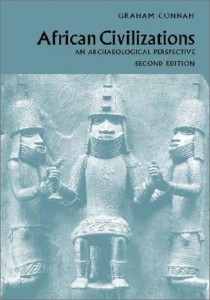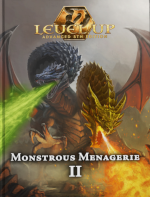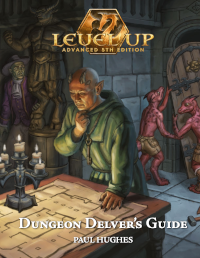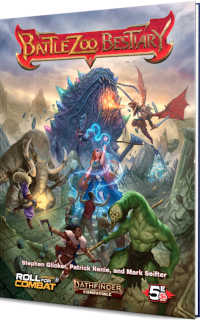
TOM HANKS: I played a game called Mazes and Monsters a little too much.
KATE: No kidding. What level?
TOM: Uh, nine. Ninth level.
KATE: So am I! Isn’t it wonderful to be finally creating your own scenarios?
TOM: Yeah, yeah, and your own fantasies too!
OK, the above dialogue raises a few questions. For instance:
WHAT
It’s hard to see how these fit into standard RPG structure, and, indeed, upon first hearing, it sounds like arrant nonsense – nonsense that merits slaps to the writer. But if we’ve learned nothing else, we’ve learned to TRUST MAZES AND MONSTERS. If we haven’t learned that, we’ve learned nothing.
And we’ve been wasting our time.
Scenarios
Here’s my theory: a “scenario” is the intro text that introduces an adventure. For instance, “You stand before the palace of the Ghosts of the Gravelands. Fell spirits float through its ancient corridors. It is rumored that among the palace’s treasures are mighty gems that may trap men’s souls.”
At ninth level, players gain the ability to write this intro dialogue, thus choosing the nature of the maze, typical monsters or a boss who inhabit the maze, and the kind of treasure that can be gained. The Maze Controller still writes and controls the adventure within these parameters. After all, the Maze Controller’s powers are like unto those of a god. Even gods take suggestions, I guess.
Fantasies
We know that Mazes and Monsters grows progressively more psychologically difficult (and powerful) as you advance in level. However, we haven’t really explored the dangerous world of the unconscious mind. Our current rules sound like pretty vanilla 80s RPG design. We need to push the pop-psychology envelope with our Fantasy rules. As Blondie says, “We work out our problems in the caverns and then we leave them there.”
Like scenarios, fantasies must give players some agency over the perils they face. Again, Mazes and Monsters anticipates the shared narrative of modern indie RPG design.
Let’s start by getting some information about the players’ psyches. We’ll use this information to populate the game’s mazes with suitably cathartic (or destructive) challenges. At various levels, every player rolls a d12 to select a question from the following chart and gives the answer to the Maze Controller.
1. What makes you angry?
2. What betrayal do you fear?
3. In what way do you feel like a failure?
4. What part of your behavior feels out of control?
5. What’s one thing you’d like to preserve from harm or change?
6. What would you like to tell someone so they really understand? Who?
7. What do you worry about most?
8. What would make you a success?
9. What would you like people to admire about you?
10. Describe your most frightening nightmare.
11. What event could drive you to madness or despair?
12. What magical power would allow you to solve all your real-life problems?
Armed with this information, the Maze Controller can create thinly-disguised, hamhanded challenges and rewards that have real psychological effects on the players. These are called “fantasies”. For instance, if a player says that they would like the power of resurrection to bring back a dead relative, you make up a pretend relative of the character, kill them off, and then offer the character a quest that will let them conquer Death! The Maze Controller can do real psychological healing! Or harm. Hard to predict which. That’s part of the fun!
Example of play:
Maze Controller: OK, Tom, your real brother died, right? Your character, Pardieux, has a brother, and he just died. You watched him fall off a building! As he fell, he called, “Help me, brother!” but you were too far away!
Tom: (weeps)
Maze Controller: If you can find the Clock of Chronos, you can reverse those events! It will be as if it never happened. The Clock of Chronos is in the Dungeon of Lemnos…
At level 9, players can “create their own fantasy”. Once per level, they may seize control of the story and narrate their own thinly-disguised challenge, quest or hero’s journey. The Maze Controller sets all the RONAs and makes the dice rolls, but otherwise, the player has control over the fantasy until it has been conquered – or until it conquers!
Example of play:
Maze Controller: OK, guys, you’ve just returned from the Maze of Whispers. You –
Tom: Just a minute: I’m creating a fantasy. My character gives his earnings to his brother, who immediately runs away and gets lost in the city. After a few days, he has been robbed and beaten. He’s starving in an alley… he’s attacked by thugs… he cries out! “Brother! Save me!” but I’m to far away to help! He’s… (weeps)
Maze Controller: Right. Guys, if you can run through the mazes of the Slums of the Golden city, you MIGHT be able to intervene before Tom’s brother is killed.
Wow, it sounds really irresponsible to hand that kind of manipulative emotional control to people with no psychological training! Unless, of course, those people are fully licensed Maze Controllers or players able to play at the 9th level.
Next week: traits!

